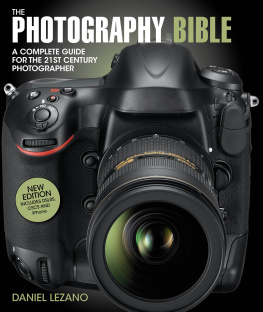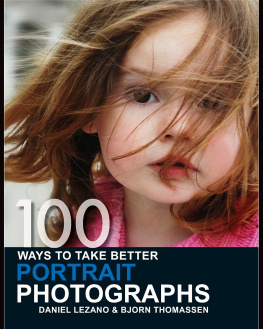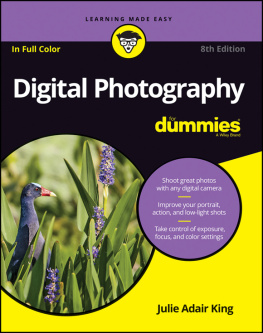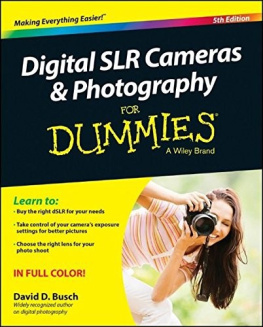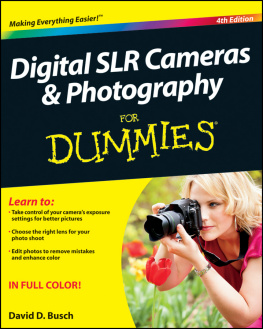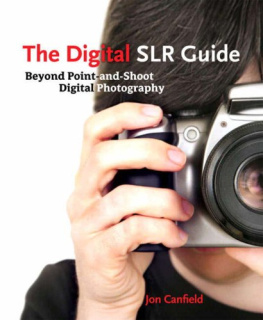Contents
Guide
THE
PHOTOGRAPHY BIBLE
DANIEL LEZANO
A COMPLETE GUIDE FOR THE 21ST CENTURY PHOTOGRAPHER


DEDICATION
To family and friends, you are my inspiration.
CONTENTS
INTRODUCTION
More people than ever before have easy access to great photography, thanks to the digital revolution that reaches into every aspect of our lives.
Less than 20 years ago, serious photography was something of a niche, enjoyed in the main by film users. Today, the tools needed to take high-quality images with ease are available to most of us and it is film photography itself that is now a niche, enjoyed by a very small proportion of the population. The pace of this turnaround is something that surprised everyone including myself, with the rapid pace of technological innovation and diversity, as well as the global spread offered by the internet, being at the heart of photographys transformation.
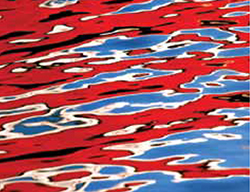
This is the third edition of The Photography Bible and has been updated to reflect the dominance of digital and the near extinction of film to the general photographic population. Sure, there remain those who continue to use film many educational establishments still promote film usage and the traditional darkroom (a policy that has my complete backing these skills should not be lost) along with die-hards who prefer the characteristic of film-based images over digital, but for 99.9 per cent of photographers, digital is the chosen medium.

For this reason, this book centres its content on covering digital photography, from technology through to photographic skills and post-processing techniques, and offers very little in the way of reference to film. Those of you old enough to have learned your skills in the film era will most likely understand how difficult, but ultimately justified, this decision was. The fact is the majority of todays photographers honed their skills using digital cameras and are unlikely ever to use film.

Thats hardly a surprise when you look at the diversity and quality of digital cameras on offer. While digital SLRs remain the most popular form of interchangeable-lens camera, mirrorless Compact System Cameras have been introduced and gained a strong following in a short space of time. While DSLRs remain the most popular choice, its not inconceivable for sales of CSCs to match and even overtake those of DSLRs in the future. Digital compacts continue to take serious strides forward in terms of features and performance too, but perhaps the biggest surprise of all is the popularity of Apples iPhone as a serious picture-taking tool. Boasting a decent-quality lens and several superb photo apps, it has gained a modern cult status and produces images that confound those who believe that mobile phones are incapable of taking high-quality photos.
There is little doubt that photography is going through one of its most exciting and revolutionary stages, not only because of the development of different types of cameras but also for whats possible with your digital image. Once the image file is on the computer, it can be catalogued, edited and transformed in countless ways using software packages like Adobe Photoshop or Apple Aperture. Once edited, superb-quality prints can be made cheaply and quickly at home on inkjet printers, stored online or on back-up discs, sent around the world electronically or exhibited for a global audience on websites all from the comfort of your home and within minutes of the image being taken.
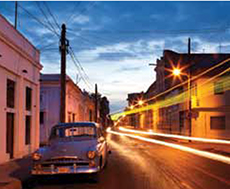
Photography has gone through a revolution in recent years and the constant development of technological innovations will ensure that the digital age remains exciting for many years to come. I hope that this book helps you to familiarize yourself with the latest generations of cameras, encouraging you to get the most from all of your available equipment and produce your best-ever pictures. Who knows what the future will bring with the rate of technological advances, its quite impossible to imagine what will be available in the next few years.
Daniel Lezano
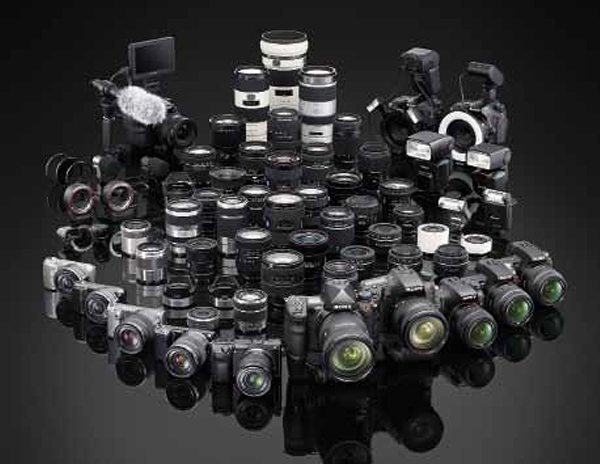
CAMERAS IN THE 21ST CENTURY
DIGITAL SLRS
The digital SLR continues to be the most popular type of interchangeable-lens camera, although the emergence of CSCs (see ) presents it with its biggest ever challenge. Boasting an excellent range of features, easy operation, unrivalled versatility and superb image quality, its no surprise that DSLRs continue to be the number one choice with those looking to upgrade from a compact camera.
Digital SLRs look much like their older 35mm film counterparts and in many respects the design has changed very little, but despite its traditional looks, DSLRs incorporate cutting-edge technology. At its heart is the reflex mirror, which provides the viewfinder with an image coming directly from the lens, then flips upwards at the moment of exposure.
ANATOMY OF A DIGITAL SLR

1. EXPOSURE MODE DIAL
The vast majority of DSLRs have retained the exposure mode dial, as its so fast and easy to use.
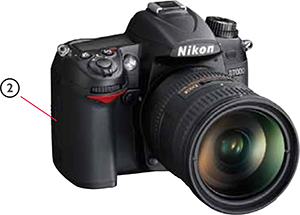
2. CARD SLOT
Most models of digital SLR accept CompactFlash cards, although some accept a choice of two types of card (see ).
LIVEVIEW
Being able to use the LiveView facility to compose scenes using the monitor rather than the viewfinder is becoming more popular, hence a large button to engage this facility being found on most cameras.
WI-FI
A recent digital innovation is Wi-Fi, a technology that allows the high-speed transfer of images from the camera to the computer without any leads. This has particular applications in the areas of press and sports photography.
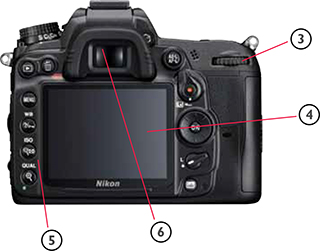
3. INPUT DIAL
Changing variables such as shutter speed and aperture is carried out via the input dial. Most cameras have the input dial located on the top-right corner on the rear of the camera or close to the shutter button. Some high-end models have both.

